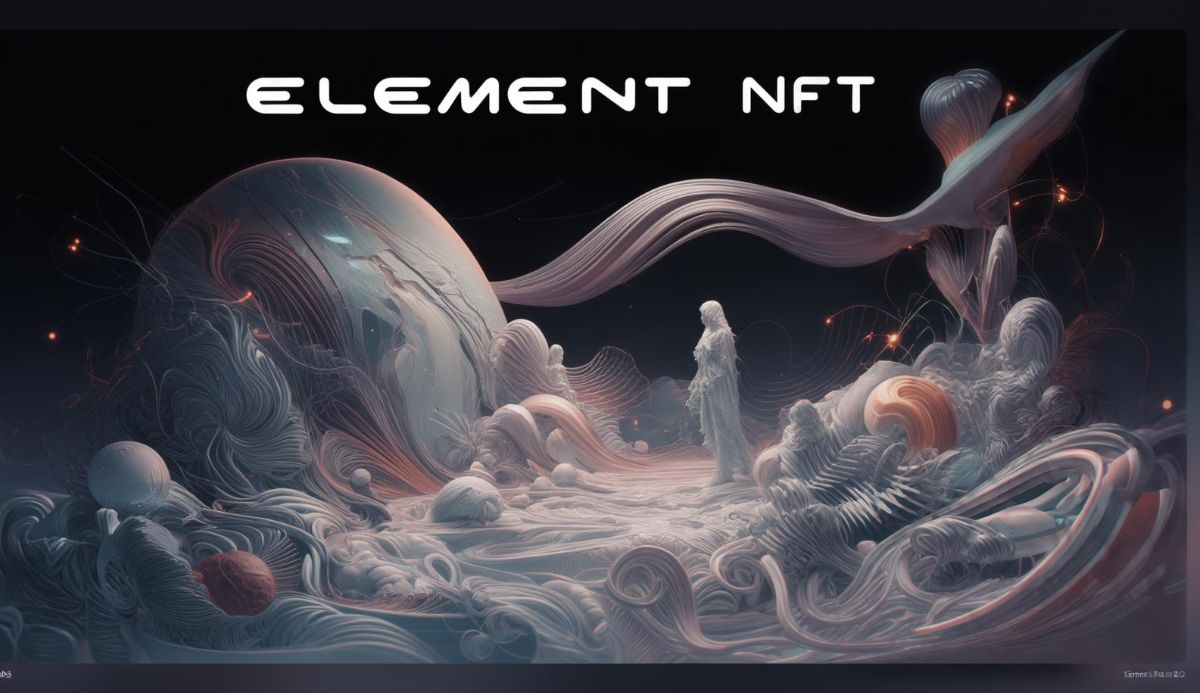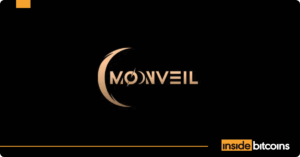Element NFT: Revolutionizing Art and Utility in the Web3 Era

Element NFT: Pioneering the Future of Art and Utility in Web3
Understanding Element NFT
Element NFT is an innovative decentralized marketplace built on the Ethereum blockchain, designed for the seamless creation, buying, selling, and trading of NFTs. This platform stands out due to its user-friendly interface, making it accessible for newcomers while minimizing transaction costs. Unlike many existing NFT marketplaces, Element NFT emphasizes community engagement and interoperability across various blockchain networks, aiming to merge digital art with tangible utility. By leveraging Ethereum’s robust security features, Element NFT has quickly gained traction among digital artists and developers eager to explore the next phase of the internet, known as Web3.
Transforming the Art Landscape
In the realm of Web3, NFTs have revolutionized how digital artists establish ownership and authenticity through blockchain technology. Element NFT enhances this experience by equipping artists with advanced tools to showcase their work. Features such as customizable royalty structures and comprehensive metadata empower creators to dictate the value and distribution of their art—something often lacking in traditional art markets.
The platform accommodates a diverse array of digital art forms, including pixel art, collectibles, and AI-generated pieces. By utilizing Ethereum Layer-2 solutions like Optimism, Element NFT significantly reduces transaction fees, making it more affordable for emerging artists to enter the NFT space. As Element NFT continues to evolve, it is increasingly recognized as a supportive environment for artists navigating the fast-paced world of decentralized digital art.
Expanding Utility Beyond Aesthetics
While digital art remains a significant focus, the true potential of Element NFT lies in its commitment to utility. The NFTs available on this platform serve practical purposes beyond mere visual appeal. Users can find NFTs that grant access to decentralized finance (DeFi) tools, unlock in-game assets, or represent virtual properties. Developers are also empowered to create NFTs that function as membership tokens, governance tokens for decentralized autonomous organizations (DAOs), or keys to exclusive content and experiences.
This versatility aligns with the Web3 ethos of empowering users and ensuring that ownership of digital assets extends beyond simple collection. Many industry leaders advocate for this shift, emphasizing that the future of NFTs will encompass utility. Element NFT is at the forefront of this transformation, evolving NFTs from static collectibles into dynamic tools with real-world applications in a decentralized framework.
The Future Trajectory of Element NFT in Web3
Looking forward, Element NFT is well-positioned to influence the trajectory of Web3. With the anticipated rise of AI-generated NFTs in 2025, the platform is proactively adapting to support this new wave of digital creativity. Its ability to integrate with DeFi protocols and DAOs places it at the heart of a more interconnected, utility-driven ecosystem. Insights shared at the recent Web3 Summit highlighted that the next generation of NFTs will blend artistic expression with functional utility, a vision that closely aligns with Element NFT’s mission to bridge the gap between creativity and real-world application.
However, the platform’s success hinges on several critical factors, including the scalability of Ethereum and broader adoption of Web3 technologies. If Element NFT can maintain low fees and enhance its cross-chain capabilities, it could pose a significant challenge to established platforms like OpenSea, particularly for users seeking more than just digital collectibles.
A Promising Contender in the Web3 Space
Element NFT transcends being merely a marketplace for digital art; it embodies a transformative vision that integrates artistic expression with practical applications in the Web3 ecosystem. By granting artists greater control over their revenue streams and enabling developers to create functional NFTs, Element NFT distinguishes itself through its community-centric approach and innovative solutions.
The future of NFTs will depend on platforms that prioritize creator support and deliver tangible benefits, a goal that Element NFT is committed to achieving. While its ascent to the top of the market remains uncertain, it is undoubtedly playing a crucial role in shaping the future landscape of Web3.
Frequently Asked Questions
-
What is Element NFT?
Element NFT is a decentralized marketplace on Ethereum that facilitates the creation, buying, and selling of NFTs, emphasizing both art and utility. -
How does Element NFT support artists?
The platform provides customizable royalty options, low transaction fees, and control over metadata, empowering artists to monetize their digital works effectively. -
What sets Element NFT apart in the Web3 ecosystem?
Its focus on community governance, cross-chain compatibility, and integration with DeFi and DAOs uniquely combines artistic and practical utility. -
Can Element NFT serve purposes beyond art?
Absolutely; it supports NFTs for gaming, access to DeFi tools, virtual real estate, and governance within DAOs. -
What challenges does Element NFT face?
The platform must navigate Ethereum’s gas fees and competition from faster blockchains like Solana, which could impact its growth trajectory.







